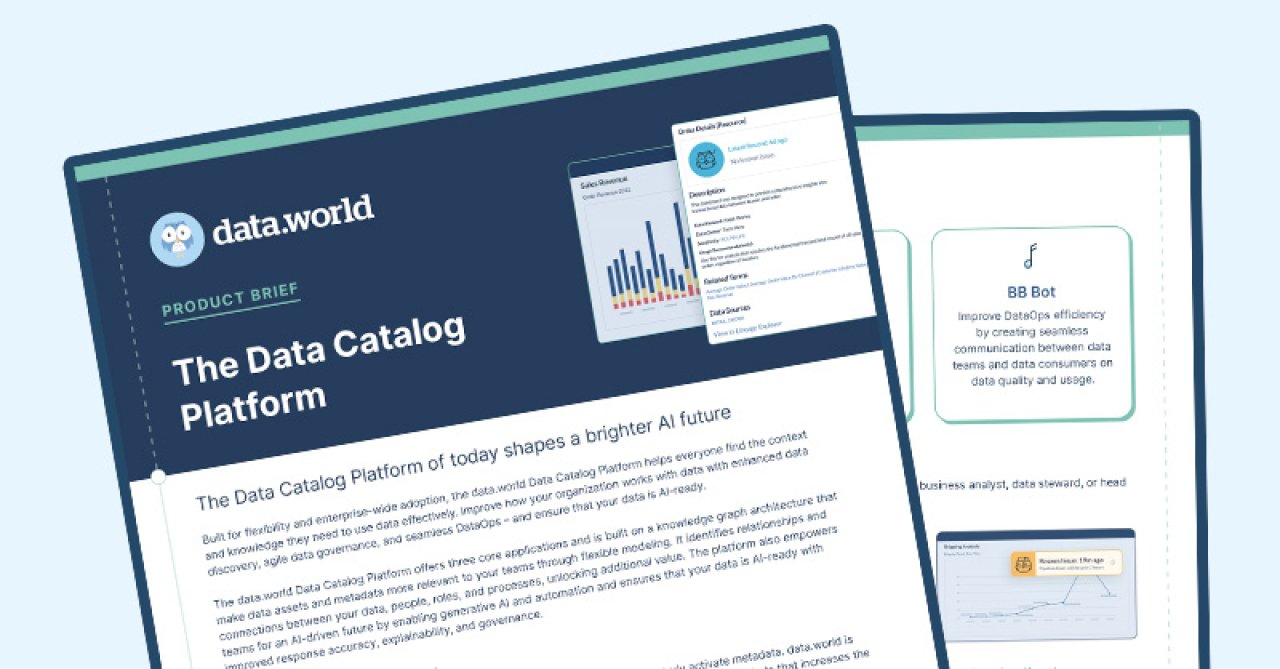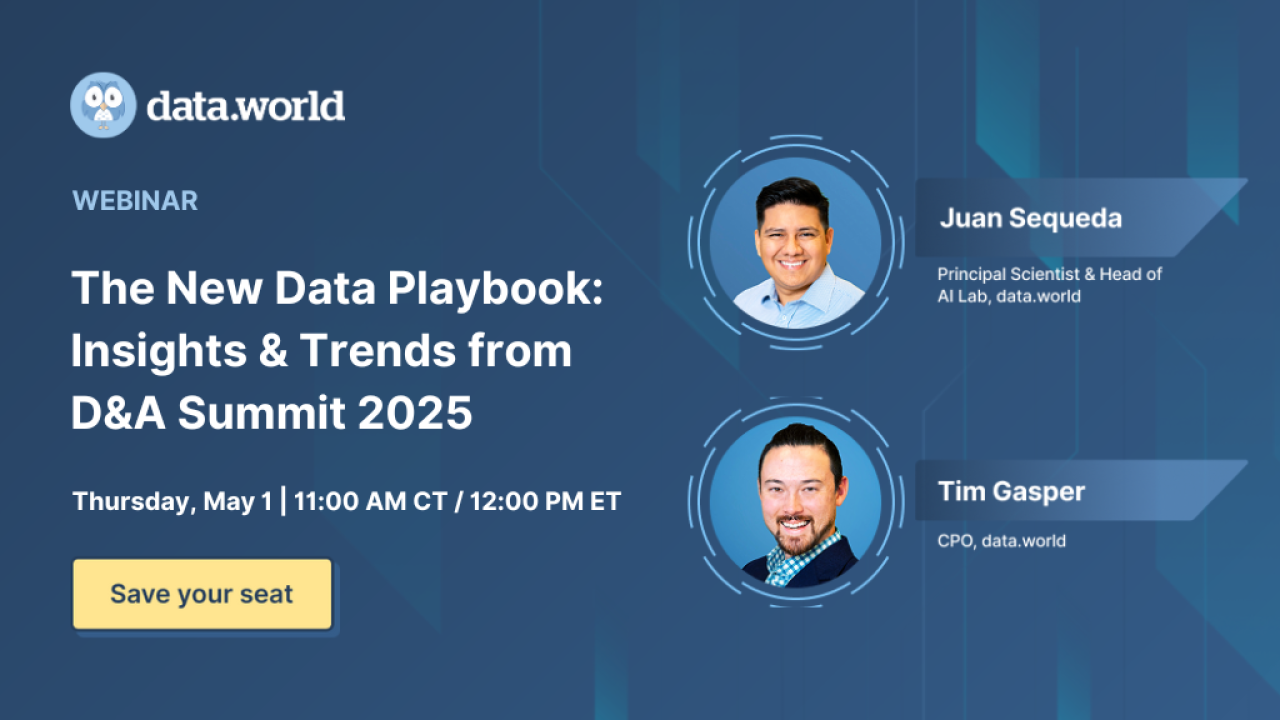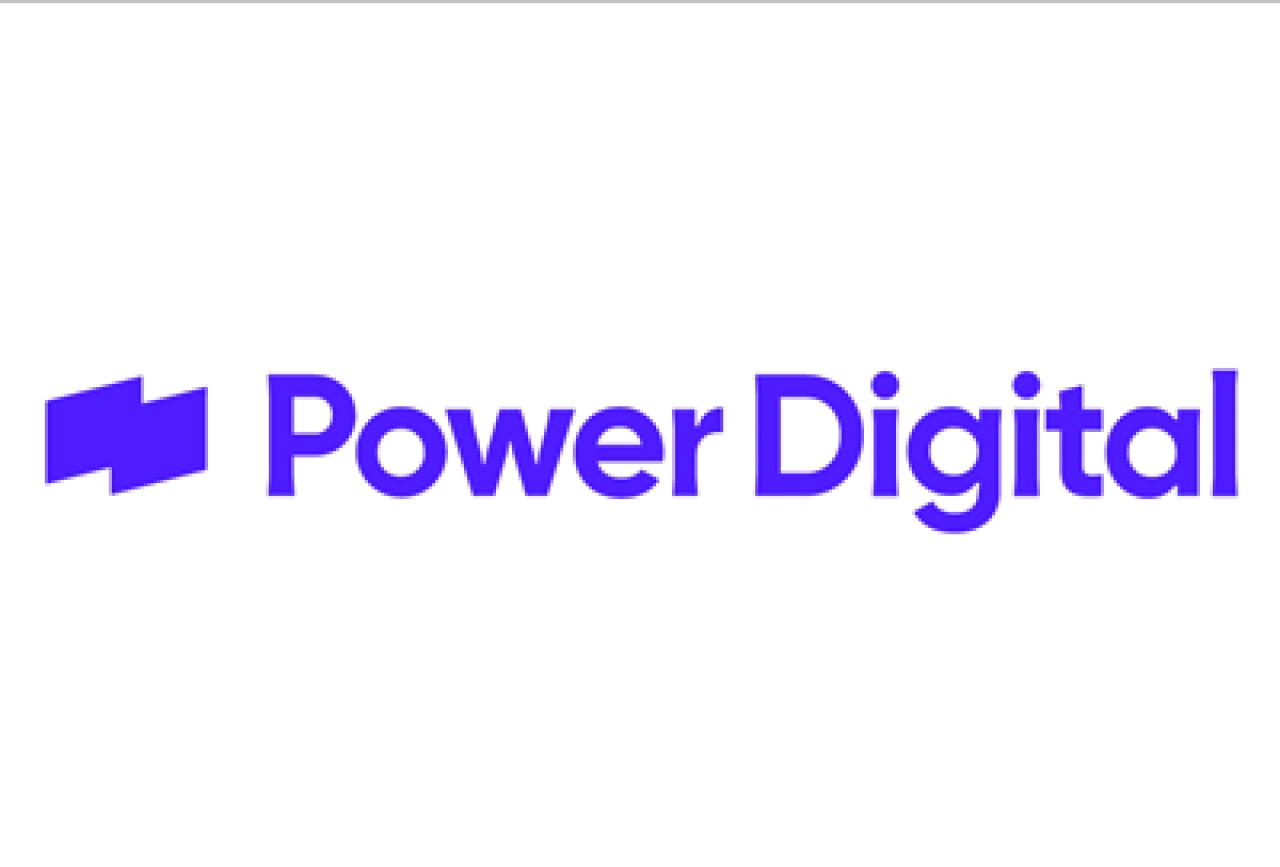























How PowerDigital Improved AI Trust and Reliability with data.world's Knowledge Graph

Accelerated Insights: Enabled real-time, AI-powered data analysis, speeding up decision-making.
Enhanced AI Reliability: Made LLM-generated outputs more accurate and explainable with a governed Knowledge Graph.
Boosted Data Confidence: Strengthened data accuracy and governance, ensuring reliable, actionable insights.
Michael Murray, Chief Product Officer, Power Digital
Power Digital, a growth marketing leader, needed to deliver rapid, actionable data insights to help clients make better decisions. They initially tried two approaches, but both fell short:
Traditional BI Dashboards: Although they provided detailed reports, users often needed extra context, requiring human analysts to step in. This process took days or even weeks, delaying decision-making and missing opportunities.
Generative AI with ChatGPT: While AI tools showed potential for faster insights, they were prone to inaccuracies and lacked governance. Without structured data context, results were unreliable and not suitable for business-critical decisions.
Power Digital needed a solution that would bridge these gaps—enabling fast, reliable data insights without the drawbacks of traditional BI dashboards or ungoverned AI tools.
As Chief Product Officer Michael Murray explained, "A data catalog provides semantics for the Knowledge Graph, and a Knowledge Graph provides a map of data relationships which is jet fuel for an LLM."
Power Digital partnered with data.world to implement a Knowledge Graph architecture that would:
Provide Context with a Knowledge Graph: data.world's Knowledge Graph mapped data relationships, equipping AI models with the context needed for accurate and explainable responses.
Enhance Data Governance and Accuracy: The implementation of a data catalog ensured that all data was accurately governed and compliant, meaning the company could deliver reliable insights, reducing the risk of misinformation from AI.
Integrate Seamlessly with Existing Infrastructure: Leveraging Snowflake's cloud services, data.world virtualized Power Digital's data securely, allowing for AI integration without exposing sensitive information. This setup made it easy for the Nova platform to deliver faster insights while maintaining data security.
By combining data.world’s Knowledge Graph with a robust data catalog, Power Digital enabled AI-driven insights that were both explainable and trustworthy.
The collaboration with data.world allowed Power Digital to:
Achieve Faster Insights: Enabled immediate, AI-powered data querying, turning dashboards into interactive tools that deliver answers instantly. Clients could now engage with data directly, without waiting for analysts.
As Murray envisioned, "Clients will soon be able to look at a dashboard and engage through a prompted interface to get trusted insights immediately."
Deliver Reliable AI Outputs: The structured data relationships and metadata governance provided by the Knowledge Graph enhanced the accuracy and explainability of AI-generated insights. This allowed Power Digital to confidently use AI for business-critical decisions.
“It’s not about delivering all your data to generative AI – it’s about positioning aspects of your data to an LLM in a way that you can sleep at night,” said Murray.
Strengthened Data Foundations: The solution enabled the creation of an industry-specific marketing ontology, connecting data from hundreds of clients to form a reliable foundation for AI-driven applications.
"We needed the data catalog to do powerful things with data with a high degree of confidence and trust,” Murray explained.
With data.world, Power Digital accelerated the transition from data to actionable insights, empowering clients to make faster, better-informed decisions and maintain a competitive edge in the rapidly evolving marketing landscape.
Michael Murray, Chief Product Officer, Power Digital.